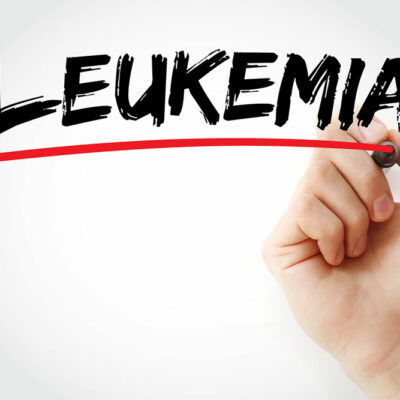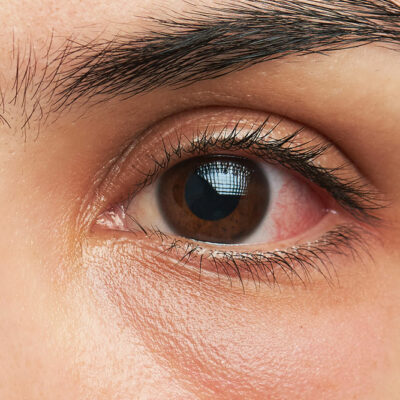
A complete overview of bipolar disorder
Bipolar disorder is also known as manic-depressive illness. It is a brain disorder which causes extreme fluctuations in moods. People with this disorder can feel very high and euphoric. The energy levels, activity levels, and the ability to carry out day-to-day tasks are highly incompatible, impulsive and random. This illness can destroy relationships and damage career prospects. It also affects academic performance and also leads to suicide.
How does bipolar disorder occur?
Bipolar disorder is categorized by alternating occurrences of:
- Mania : This is the state in which a person is in an extremely euphoric state and is highly active and energetic.
- Major depression : This state includes extreme hopelessness and even suicidal thoughts of a person.
The fluctuations can be very severe, but the person may experience normal moods between the peaks and troughs.
Types
Bipolar disorder is of three fundamental types:
- Bipolar I disorder : This includes manic episodes that last for at least seven days. It is accompanied by abnormal behavior that disrupts life. Manic symptoms are so severe in some cases that the person needs immediate hospitalization. This type of depression lasts for at least two weeks.
- Bipolar II disorder : This type is quite similar to bipolar I disorder. The moods cycle between high and low. The less intense euphoric moods are often called hypomania or hypomanic episodes in bipolar II disorder.
- Cyclothymic disorder : It is defined by various episodes of hypomania as well as numerous episodes of depression lasting for at least two years.
What are the causes of bipolar disorder?
There is no particular cause for bipolar disorder. Many factors could be a reason for this disorder. Such factors include genetics or a family history of bipolar disorder, stress, or trauma, imbalances in neurotransmitters or brain chemicals, hormonal imbalances, acute stress, abuse, sudden trauma, etc.
Symptoms of mania and hypomania:
- Impaired judgment
- Distraction or boredom
- Missing school/work and underperforming
- Thinking they are invincible
- The belief that nothing is wrong
- Being aggressively forthcoming
- Engaging in reckless/dangerous behavior
- Ecstatic feeling or top of the world feeling
- Inflated self-confidence and self-importance
- Unnecessary and rapid talking and rapidly jumping to unrelated topics
- Bizarre, strange and ambitious ideas that the person may act upon
- Racing thoughts
- Psychosis
Symptoms of depression:
- Extreme sadness, despair, hopelessness, crying
- Insomnia
- Hyper-anxious about trivial things
- Overpowering guilt
- Weight loss/weight gain
- Fatigue and irritability
- Inability to enjoy hobbies
- Difficulty remembering
- Low attention span
- Thoughts of suicide
Complications of bipolar disorder
- Psychosis
- A migraine
- Substance abuse
- Anxiety
- Eating disorders
- Depression
- Heart disease
- Diabetes
- Obesity
- Other physical illnesses
- Suicide
Treatment of bipolar disorder
The illness management aims to reduce the frequency of manic and depressive episodes. A manic phase can last up to a year; however, the period can be reduced to around three months after treatment. This involves medications, and a combination of therapies such as behavioral therapy, cognitive therapy, interpersonal therapy, etc. Exercising also helps in improving physical health as well as mental health. It helps in preventing anxiety, self-esteem issues, and addictions in bipolar patients. Exercises such as swimming, aerobic exercises, walking, and running can be helpful for bipolar patients.


